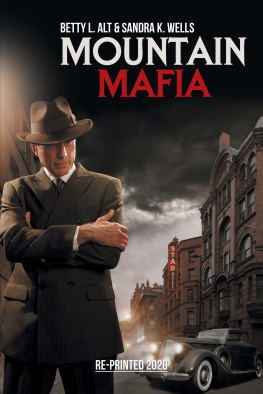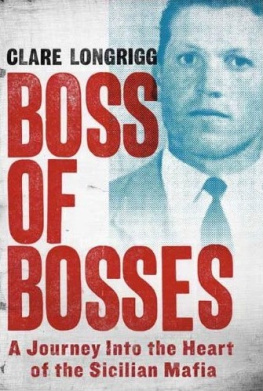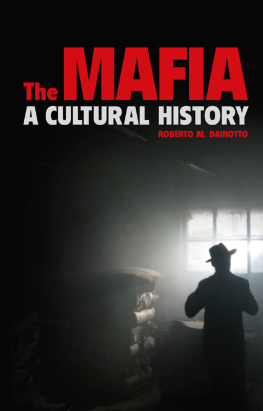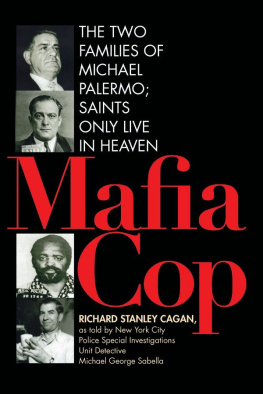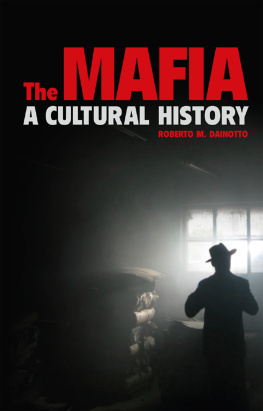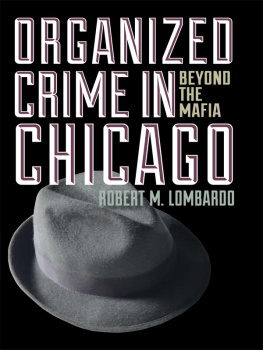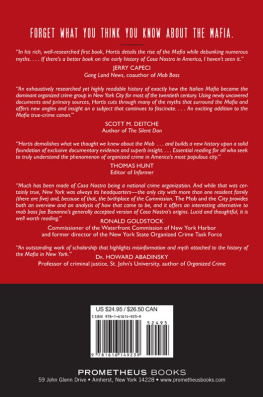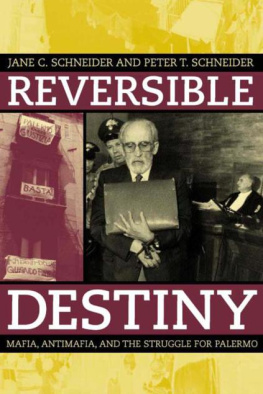Reversible Destiny
Reversible Destiny
Mafia, Antimafia,
and the Struggle for Palermo
Jane C. Schneider
Peter T. Schneider

University of California Press
Berkeley and Los Angeles, California
University of California Press, Ltd.
London, England
2003 by the Regents of the University of California
Library of Congress Cataloging-in-Publication Data
Schneider, Jane, 1938
Reversible destiny : mafia, antimafia, and the struggle for Palermo / Jane C. Schneider and Peter T. Schneider.
p. cm.
Includes bibliographical references and index.
ISBN 0520-22100-1 (cloth : alk. paper).ISBN 0520-23609-2 (pbk. : alk. paper)
1. MafiaItalyPalmeroHistory. 2. Palmero (Italy)History. 3. Palermo (Italy)Politics and government. I. Schneider, Peter T., 1933 II. Title.
HV6453.183 M376432 2003
364.1'06'0945823dc21
2002013905
Manufactured in the United States of America
10 09 08 07 06 05 04 03 02 01
10 9 8 7 6 5 4 3 2 1
The paper used in this publication is both acid-free and totally chlorine-free (TCF). It meets the minimum requirements of ANSI/NISO Z39.481992 (R 1997) (Permanence of Paper). 
In Memory of Eric R. Wolf
Scholar, Teacher, and Friend
Contents
Illustrations
Acknowledgments
We were fortunate to reside in Palermo off and on between 1987 and 2000, while pursuing the research for this book. Numerous friends and colleagues took excellent care of ushelping us locate interesting places to live, mediating introductions to public figures, answering our interminable questions. Knowing of our desire to chart transformations in the relationship between mafia and antimafia in the Palermo region, many went out of their way to contribute. They suggested books and journals to read, alerted us to events and controversies of interest, invited us to meetings and discussion groups, and included us in the rounds of their everyday lives. Perhaps needless to say, people who assisted in these ways are concentrated on the antimafia side of the mafiaantimafia equation (although we have in the past also known mafiosi in rural Sicily). We particularly want to thank Ginni Albegiani, Orazio and Nina Barrese, Letizia Battaglia, Daniele Billiteri, Raimondo Catanzaro, Augusto Cavadi, Alessandro Cestelli, Marta Cimino, Gabriella Callari, Donatella Di Natoli, Giusi Ferrara, Renata Feruzza, Giuseppe and Vivi Fici, Giovanna Fiume, Gabriella Gribaudi, Angela Locanto, Salvatore Lupo, Rosario Mangiameli, Pasquale Marchese, Wanda Mollica, Franco and Rita Nicastro, Giovanni Oddo, Letizia Paoli, Anna Puglisi, Marina and Santi Rizzo, Sergio Russo, the late Giuliana Saladino, Umberto Santino, Cesare Scardula, Paola Sconzo, Cosimo Scordato, Mary Taylor Simeti, Paolo Viola, Emanuele Villa, and Francesco Vinci.
Letizia Paoli, Umberto Santino, Mary Taylor Simeti, and Paolo Viola also read an early draft of the manuscript, corrected errors of omission and commission, and raised questions that were extremely important to our revisions. We gladly assume responsibility for the final outcome, knowing how much it has improved over this earlier version. In the United States, the following persons read and criticized the early draft as well: Michael Blim, Sally Booth, Jeffrey Cole, Marc Edelman, Shirley Lindenbaum, Sarah Munro, Ray Montgomery, and Reg Potterton. Thanks to their generosity, we were provoked to clarify arguments and consider new sources, comparisons, and analytical strategies in nearly every chapter. Julia Schneider generously (and mercilessly) made editorial comments.
We are grateful to Benjamin Orlove for bringing our work to the attention of the University of California Press and to Juliane Brand, Cindy Fulton, and Sheila Levine at the press. Two external readers, Judith Chubb and David Kertzer, both long-time students of Italy, offered extended comments, at the same time encouraging us to consider the wider implications of our case. We much appreciate their thoughtful and constructive suggestions. Finally, we thank the Harry Frank Guggenheim Foundation, the National Science Foundation, the Wenner Gren Foundation, and the faculty fellowship programs of the City University of New York and Fordham University for financial support of the fieldwork.
Reversible Destiny was essentially complete before September 11, 2001. The events of that morning have cast it in another light. The Sicilian mafia, although not ideologically driven, is a secretive organization whose loosely networked families nurture violence. After the breakup of the French Connection in the 1970s, in the context of Sicily becoming a crossroads of global narcotics trafficking, the mafia turned to terrorism, with a rising toll of shootings and bombings directed against state power. The massacres of the Palermo Prefect Carlo Alberto dalla Chiesa in 1982, and the prosecutors Giovanni Falcone and Paolo Borsellino in 1992, provoked waves of especially intense reactionhigh points in a multifaceted lotta contro la mafia (struggle against the mafia). Notwithstanding its history as the mafia capital, Palermo, the fulcrum of this struggle, is today internationally recognized for a series of experiments in civility and legality. Perhaps, we believe, aspects of the Sicilian experience are relevant to the pending struggle against terrorism in other parts of the world.
In particular, the Sicilian experience suggests a way to frame the pending struggle in criminal justice rather than mainly in military terms. Doing so means calling attention to the role of creative and transnational police, intelligence, and investigative work aimed at uncovering not only terrorist networks and cells but also the corrupt elements of states and financial institutions that give these organizations their cover. It means highlighting the role of citizens social movements supporting this work while at the same time monitoring the unstable boundary between protecting society from violent criminality and guaranteeing its civil liberties. Finally, it means recognizing that a credible strategy must also address poverty, unemployment, and severe dislocationand not merely as secondary concerns to be taken up when the emergency is over.
We have shared these thoughts with numerous friends and colleagues, including several of the people who are thanked above. Their responses encourage us to think that the efforts of Sicilian citizens to reverse their destiny have lessons to impart that transcend the struggle against the mafia and political corruption in Italy. With this book we seek to acknowledge those efforts.

Map 1. The historic center of Palermo

Map 2. The neighborhoods of Palermo

Map 3. Western Sicily
CHAPTER 1
The Palermo Crucible
The Piazza Marina is situated behind a row of antique palazzi facing the gulf in Palermos historic center. In the middle is an acre of garden called the Villa Garibaldi, which is surrounded by a handsome Art Nouveau, wrought iron fence depicting animals of the hunt. A gigantic
Next page

